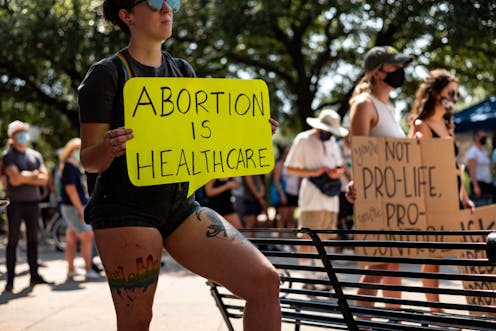
Brennan, a leading Australian systems integrator, has secured a strategic investment from Macquari...

For decades, Australians were told there was a simple formula for financial security: get an edu...

Print it. Wrap it. Gift it.
The holidays are full of colour, warmth and little moments worth celebr...

After several years of steadily declining, the Australian dollar staged a meaningful recovery in...

Hobart is often portrayed as a lifestyle haven — a harbour city framed by Mount Wellington, rich...

More of us than ever are trying to make environmentally responsible travel choices. Sustainable ...

AEH Group have expanded their footprint with a new dealership in Goulburn, bringing Case IH and ...

EGOT WINNER AND DISNEY LEGEND ALAN MENKEN HEADING TO AUSTRALIA FOR A ONCE-IN-A-LIFETIME PERFORM...

When Melbourne commuters stopped mid-scroll and looked up, they weren’t met with a brand slogan or a...


















